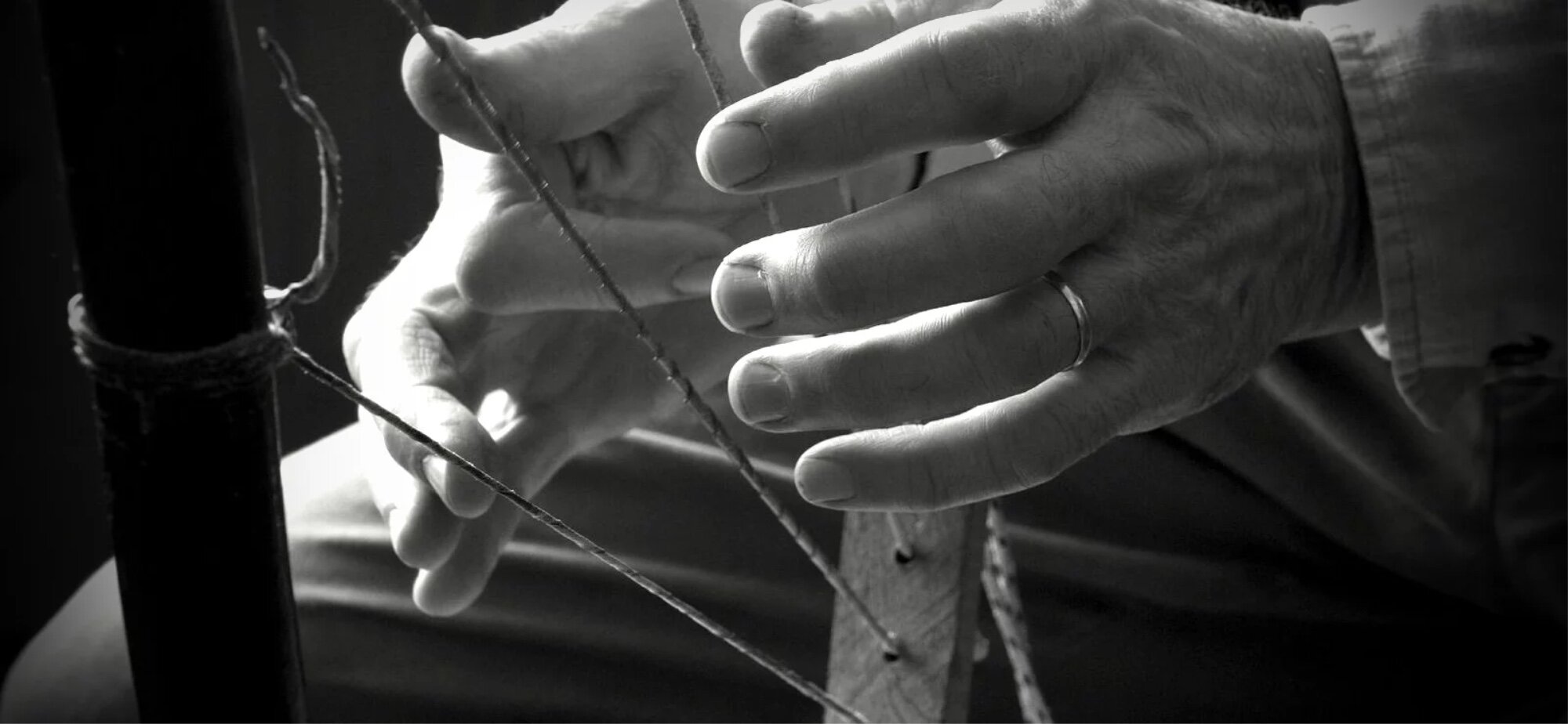

Maori Flute hand-crafted by Thomas Workman out of bone w/feather

Transverse flute, side blown, made with wing bond of blue heron

Maori Kowwhaiwhai, made with bone, an iconic instrument

Originally a notched, small bone Kanha flute, typical of the Amazon adapted by Thomas Workman to play more like a Maori Kōauau.

Hand-crafted flute by Thomas Workman made from a deer antler and inspired by Maori Kōauau. A beautiful natural splash of turquoise arose in the process of this piece's creation.
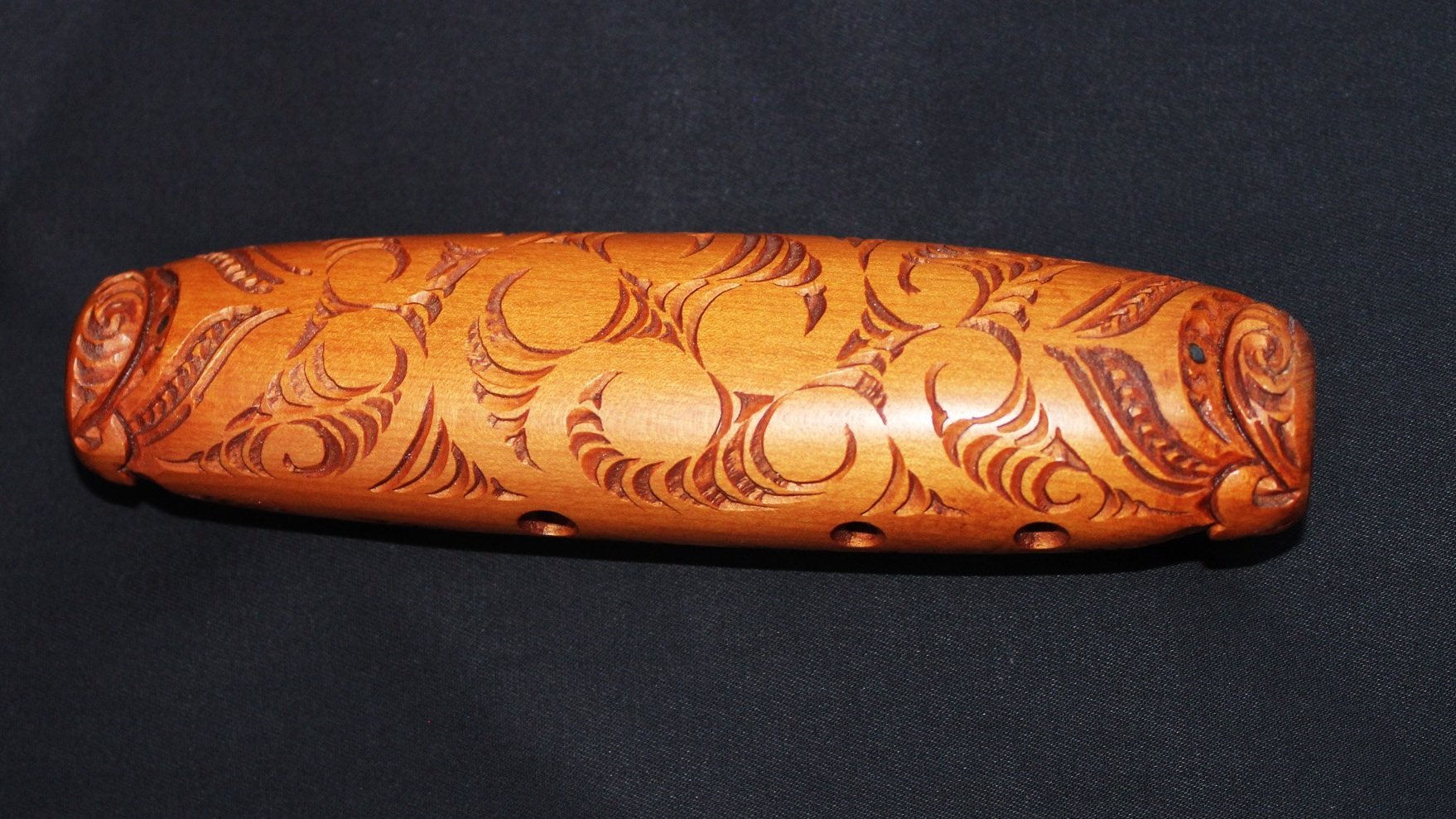
Classic Maori Kōauau flute carved from wood. Their musical culture was revived when playing made the elders cry they knew they were onto something. Very emotional and sometimes mournful sound.
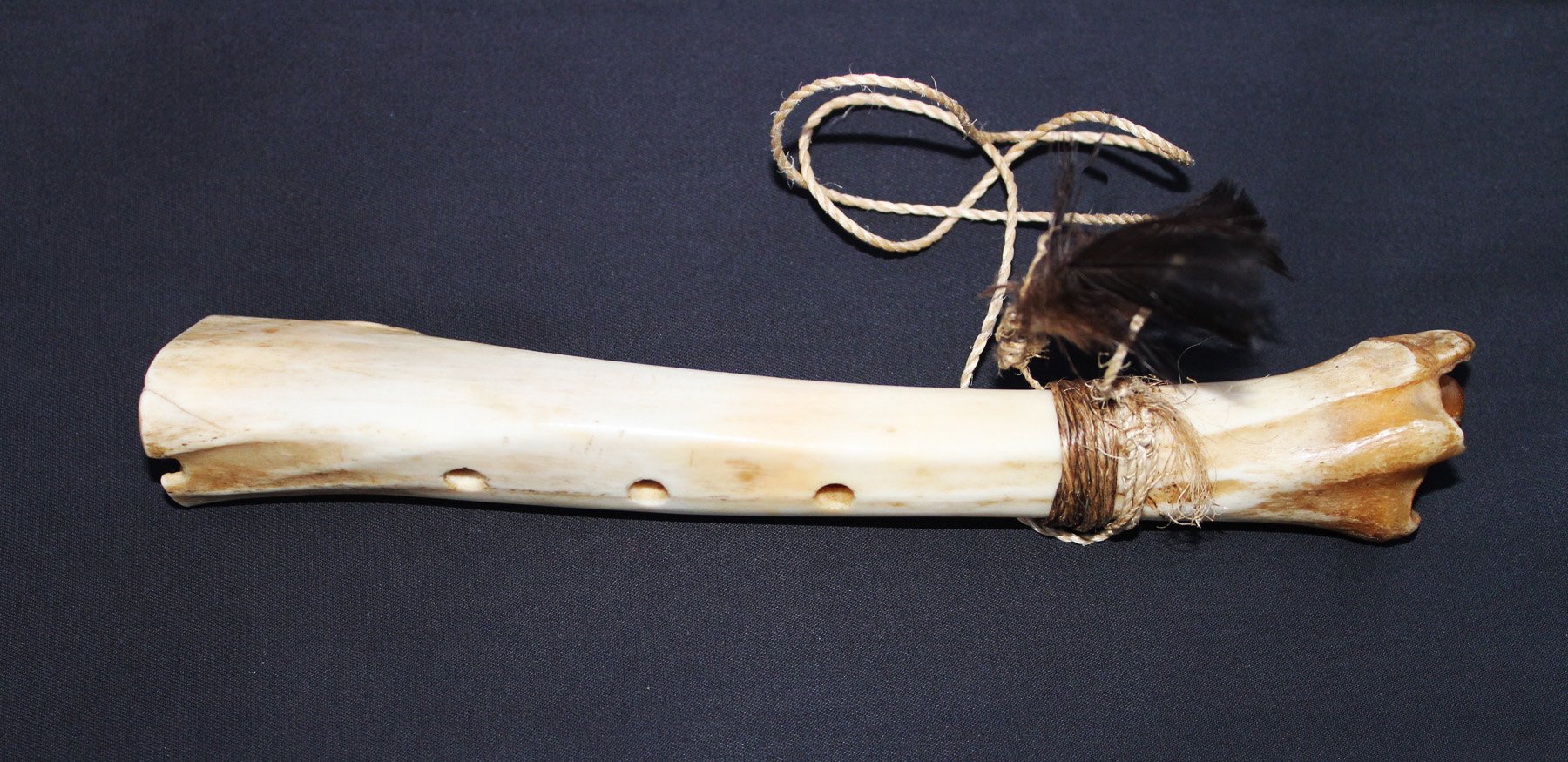
Classic Amazonian flute, made by Wai Wai Indian tribe, unchanged for thousands of years.
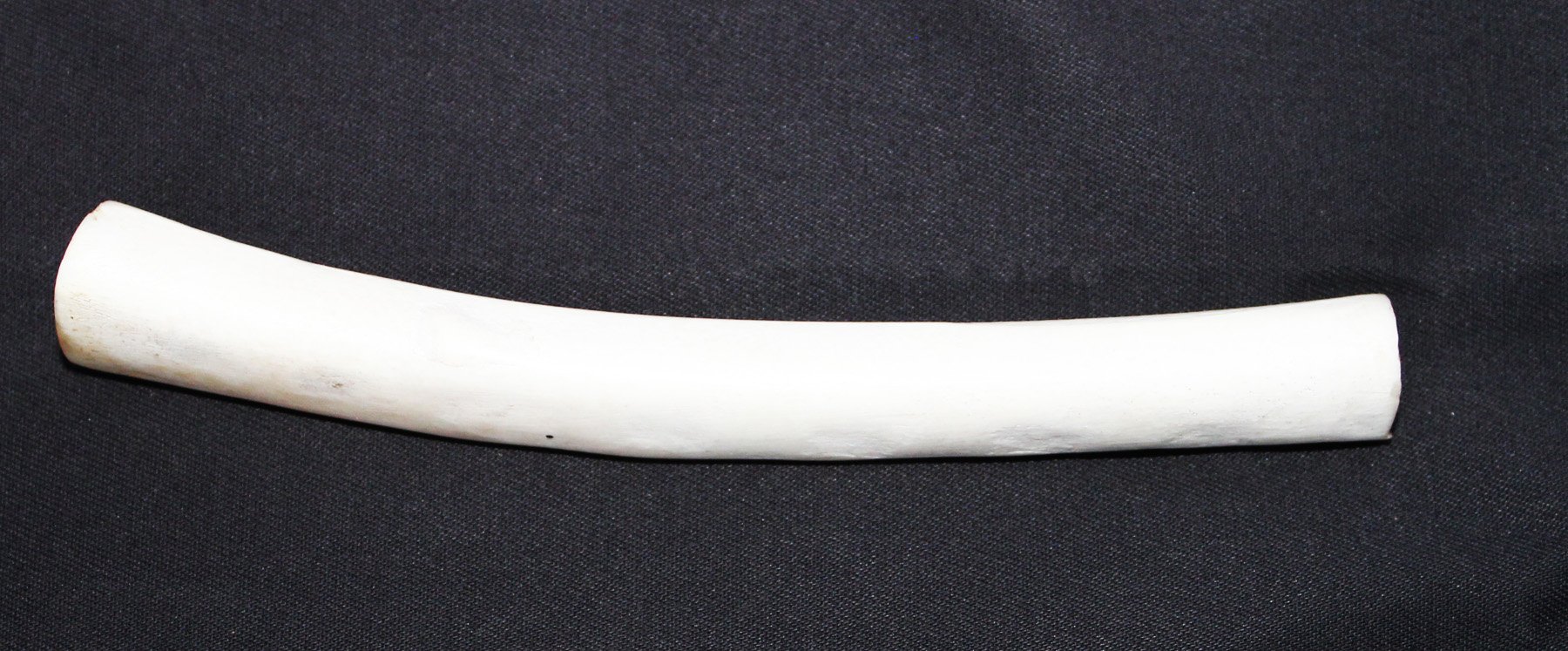
Tradition of Maori Kōauau flute hand-crafted with turkey bone by Thomas Workman

Traditional nose flute from Hawaii. Made from wood. A courtship flute played with nose breath.
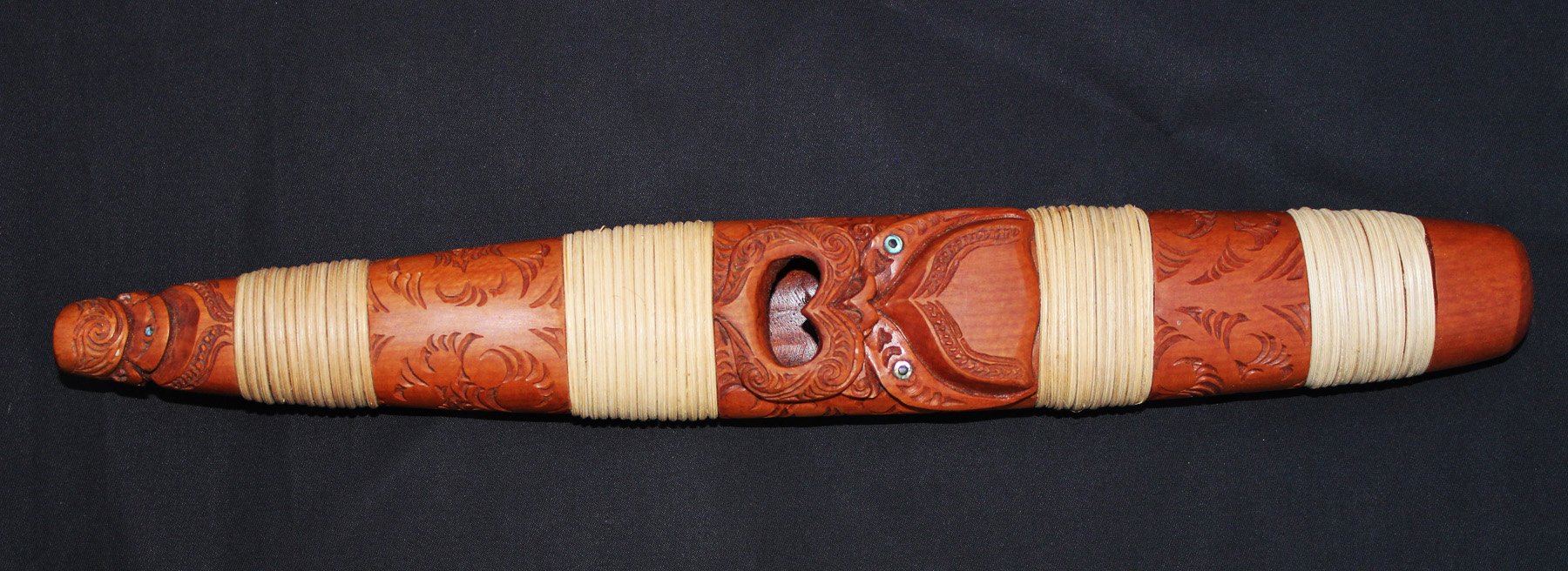
Maori Putarino carved wooden flute. Three different ways of playing; feminine, masculine and the spirit way.

Phillipines wooden nose flute played with nose breath
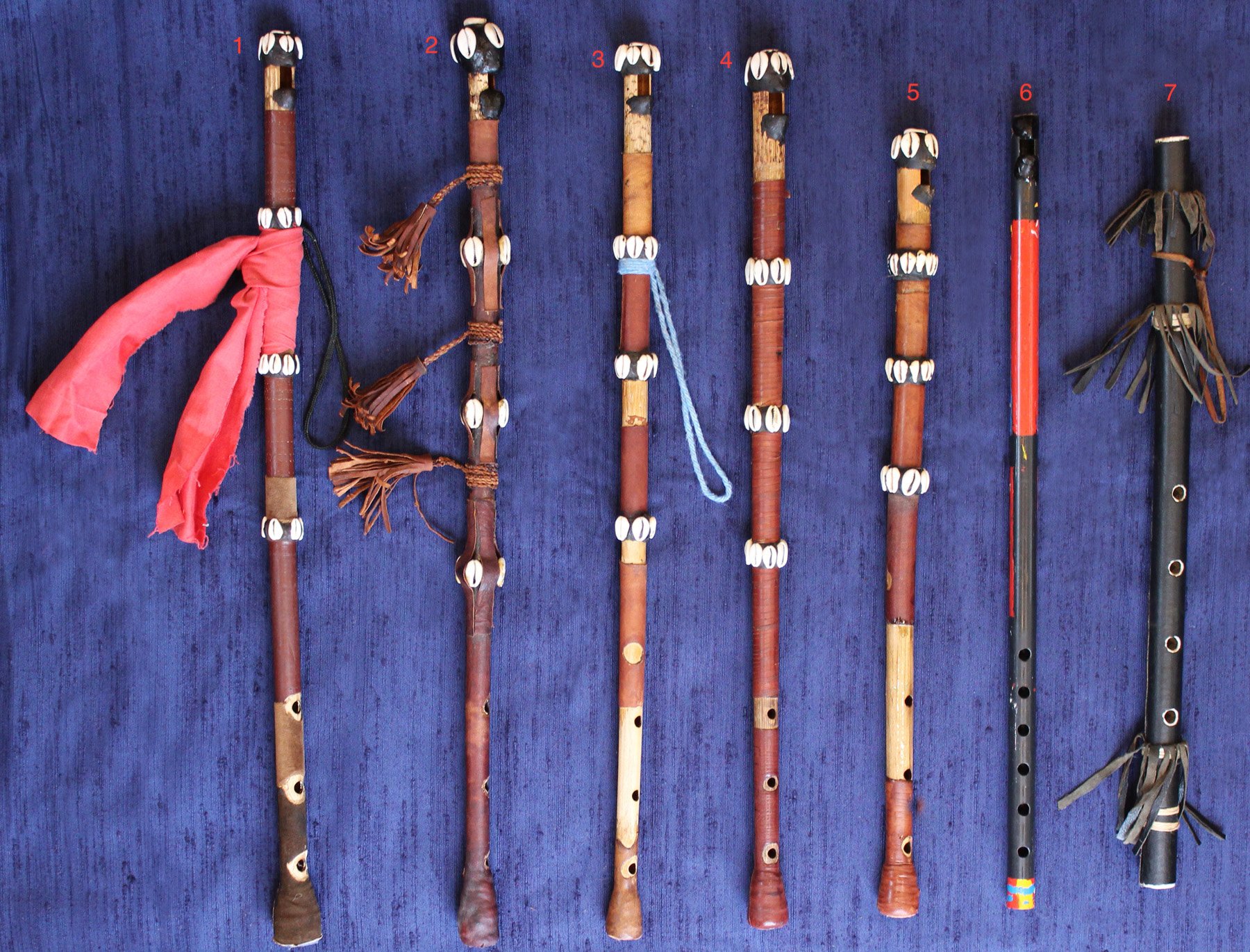
Explore African Flutes: 1-5: Traditional Fulani flutes from Guinea, dynamic three-holed instruments blending breath and voice. 6: Hybrid plastic flute from Guinea, with six holes, part of a music project for children. 7: Serenou flute from Niger, pentatonic with four holes, end-blown, creating unique sounds. In West Africa, flutes harmonize with drums and signaling rhythms.
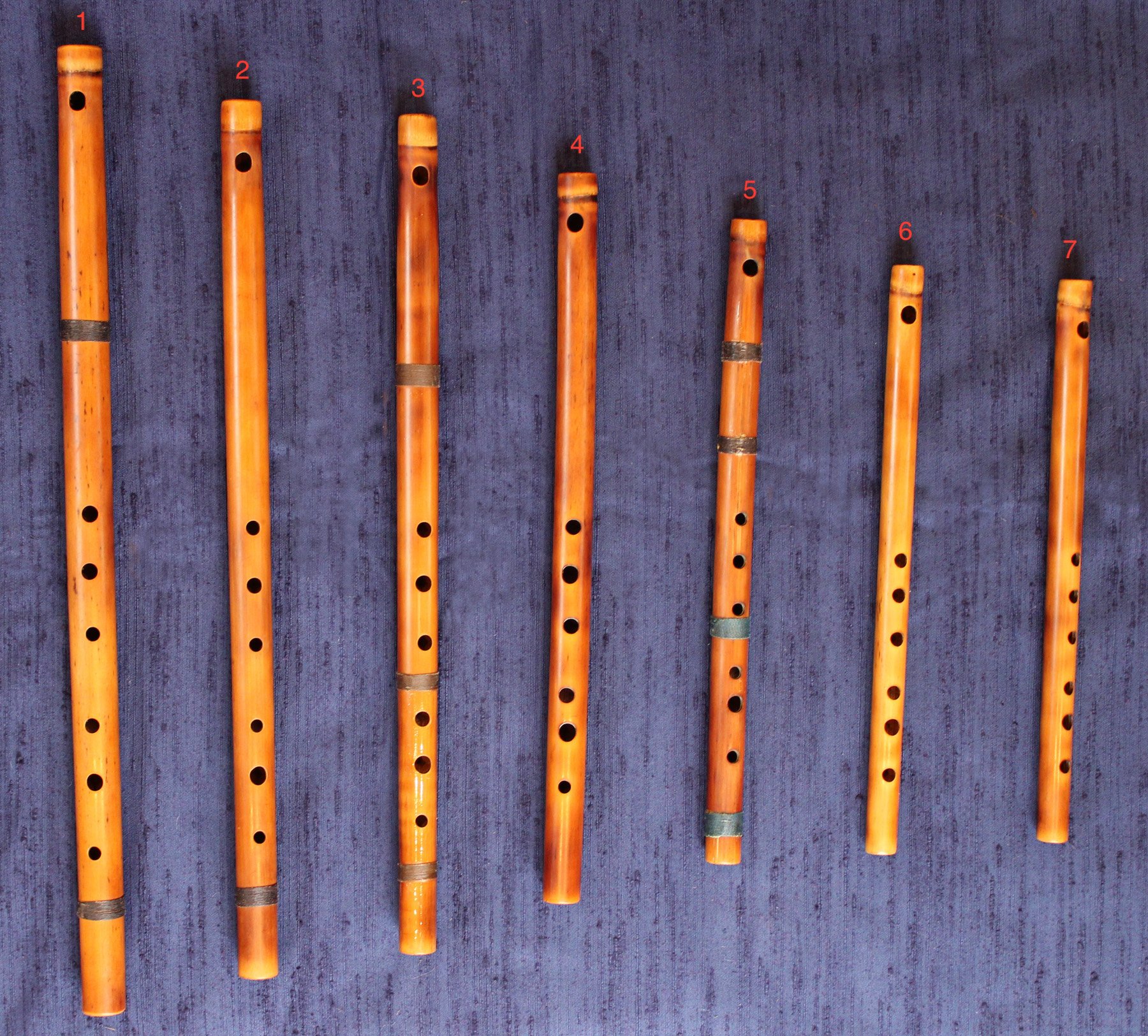
Bamboo Flutes Made by Patrick Allwell, from Everglades bamboo. Allwell had a way of finding the very best bamboo to make flutes with. These flutes have the best tuning, the free blowing, and the tonality is unmatched by anyone else. This collection represents quite a range beginning with numbers 1 through 7: C, D, E flat, F, G, A flat and B. These instruments inspire a player with their sensitivity and responsiveness. The ones I play most frequently are C, D and G.
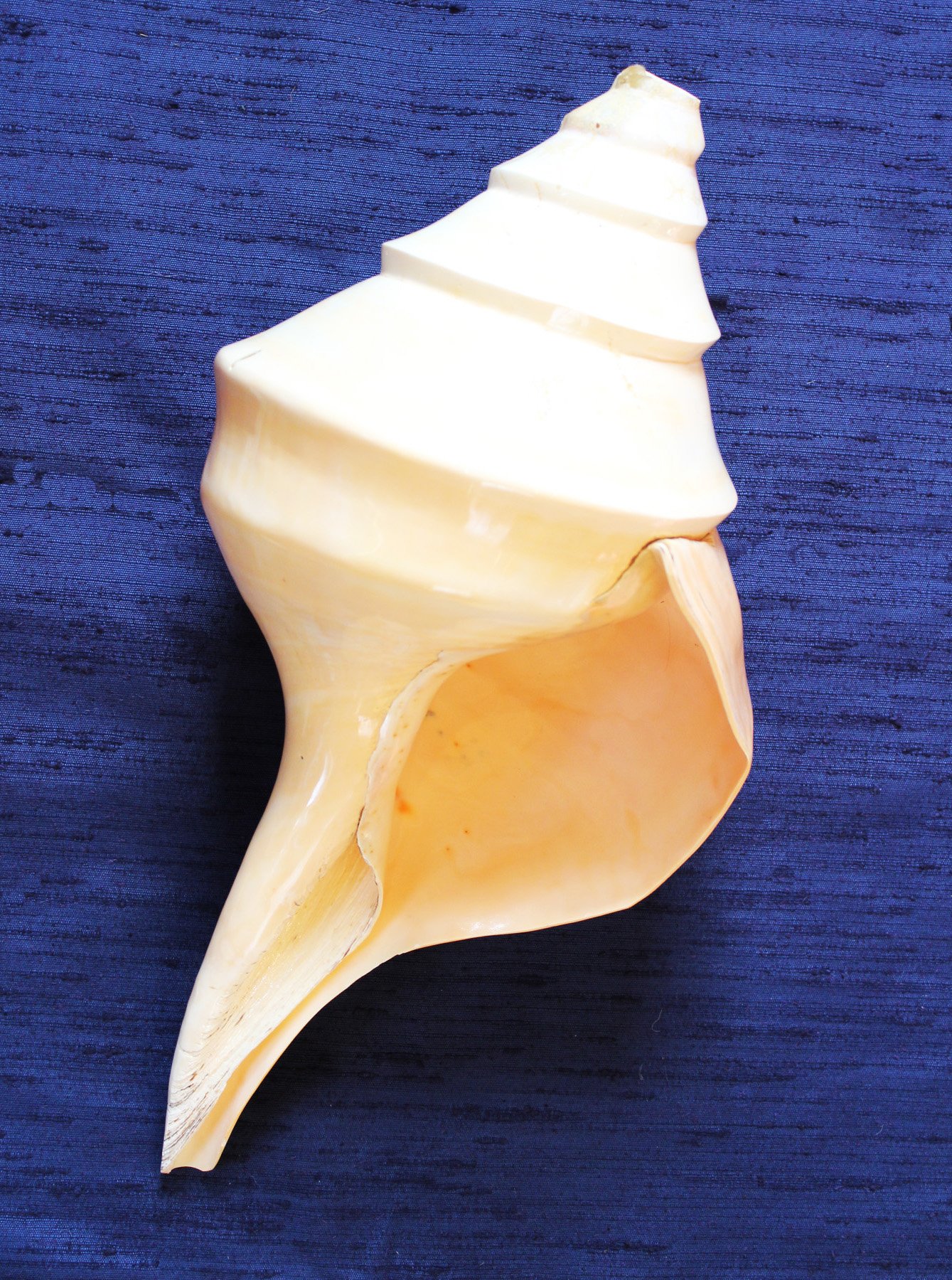
Syrinx Aruanus One of the largest members of the conch family from Australia, The largest specimen found from tip to tip was four feet. To make it into a horn instrument, I carefully cut the tip off to make a mouthpiece to blow into like a brass instrument.

Horse Conch Number 3 is horse conch given to me by my brother who studied pre-historic conch shells. This one is in C, all have a fundamental note and by putting my hand inside as I play the note can go from high to low. The shell allows a big space for the hand to change the note. These shells are common from the Carolinas all down the coast into Florida and the Gulf of Mexico.
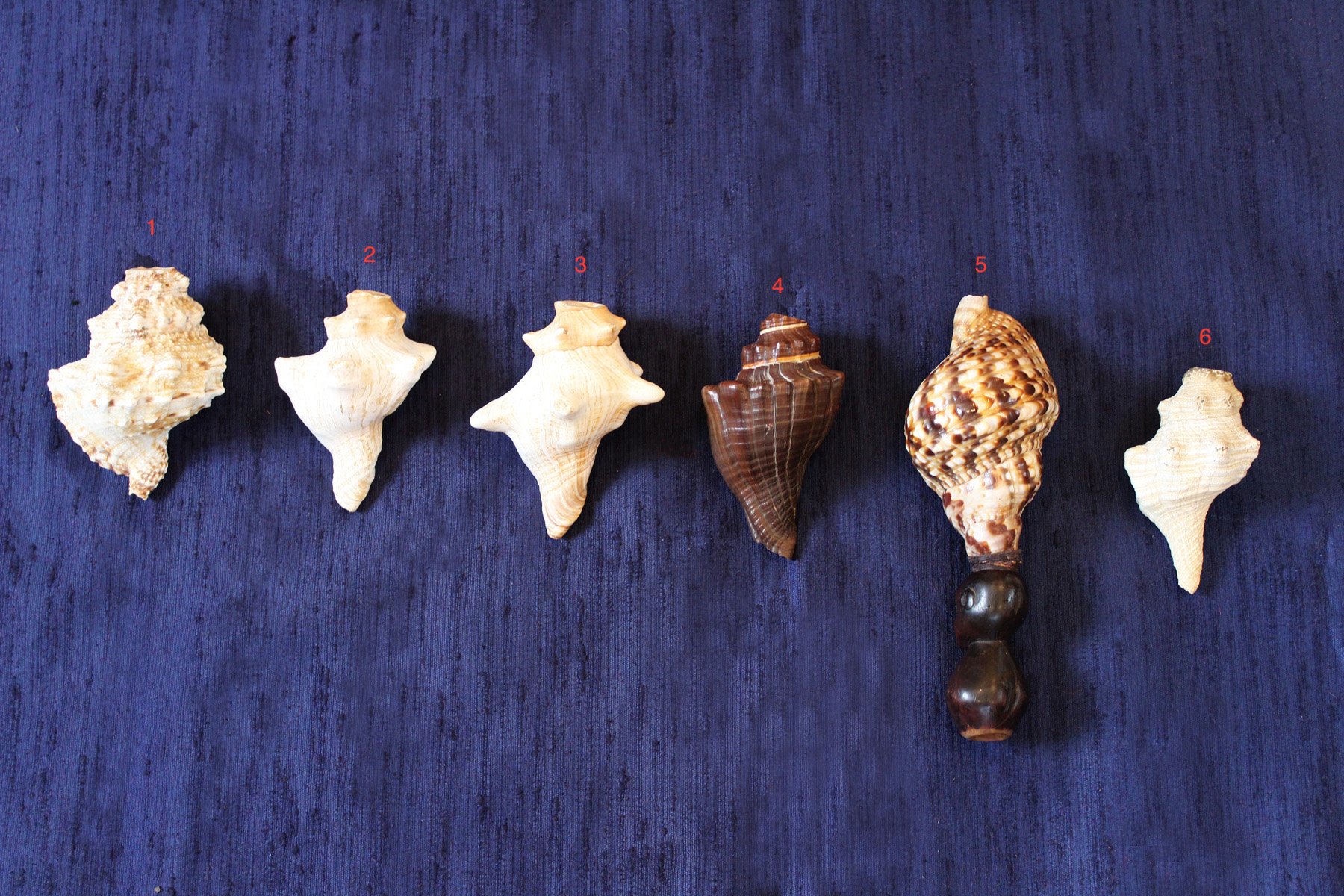
Maori Shells Shell #5 I adapted with a carved wooden mouthpiece. Most of the Maori shells were small so by extending the mouthpiece they could get more volume, to use as communication tools, If a canoe was approaching, they could pick up a shell and ask, ‘are you here for peace or war?’ And they would wait for a response, with all communication being done with shells. For the Maori, shells can also be played as a flute.

This mouth harp is is a wild card from Russia, I believe a place called Vargan. Because of it’s unique construction its called Apocalypt, where an extra vibrational rod has been attached to the base of the tongue which is plucked adding a space age, out of this world tonality. It’s unpredictable but very interesting.
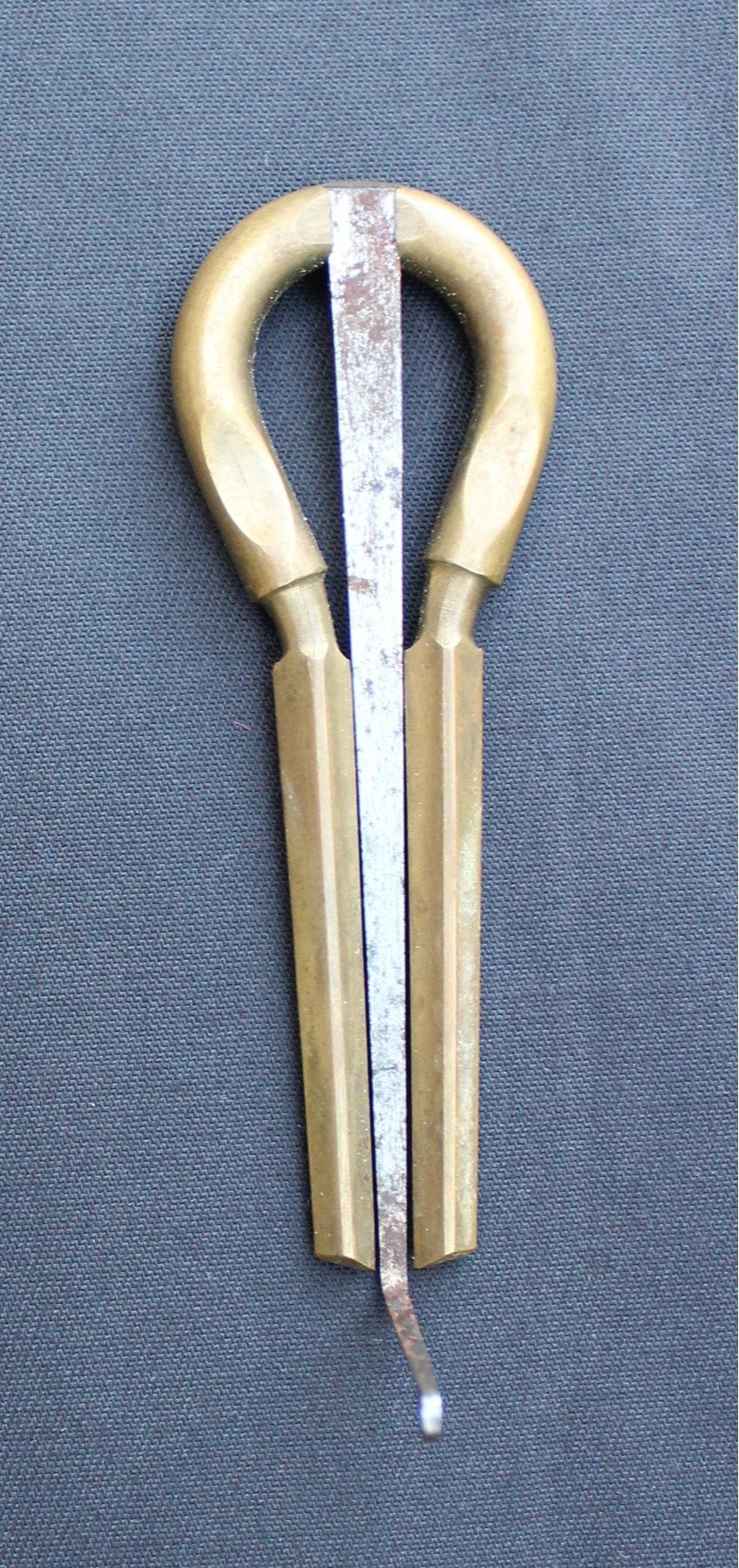
Unknown origin. The baby in my family of mouth harps, very small, less than 2 inches. It has lots of chutzpah, very feisty… a chihuahua that thinks it’s a big dog.
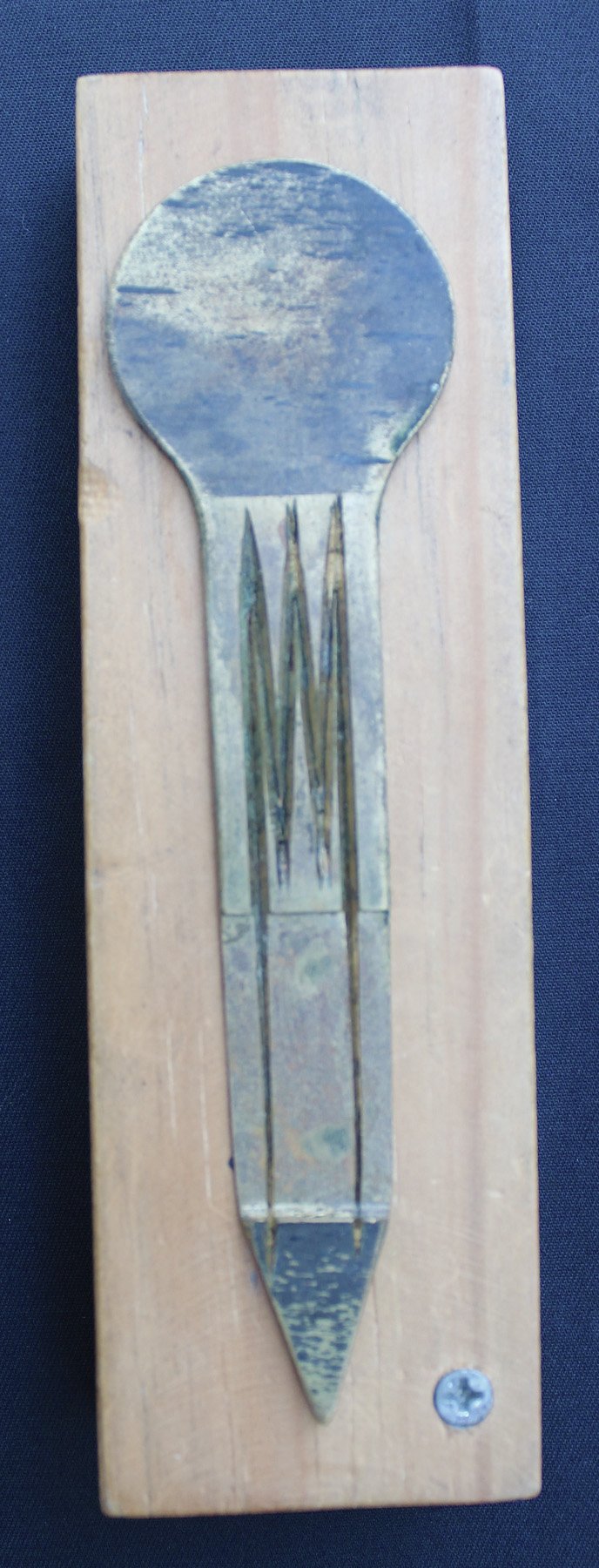
Dan Moi, from Vietnam. I’ve seen videos of masters making these mouth harps using knives and brass, in some cases, gathered from shell casings from the war so it’s a great source to ploughshare transformation. Unlike the Khomus, the Asian instruments have a very different playing style. The lips cover the teeth and the instrument is placed against the lips where the Khomus is placed directly against the teeth. This is a three-pronged Dan Moi.

Dan Moi, from Vietnam. This mouth harp is a very low-range base instrument with a wonderful guitar shaped case. It displays close tolerance precision crafting using very simple tools. Its’ a remarkable accomplishment and great instrument.

Khomus, from Yakutia, Northern Siberia, an instrument belonging to an unbroken line of shamanism that is very lively to this day. To my mind, these are the people who make the most interesting, vibrant and valuable instruments in the jaw harp family. This unusual instrument, a double Khomus with two-tongues is usually played quieter and has a double resonance and overtones.
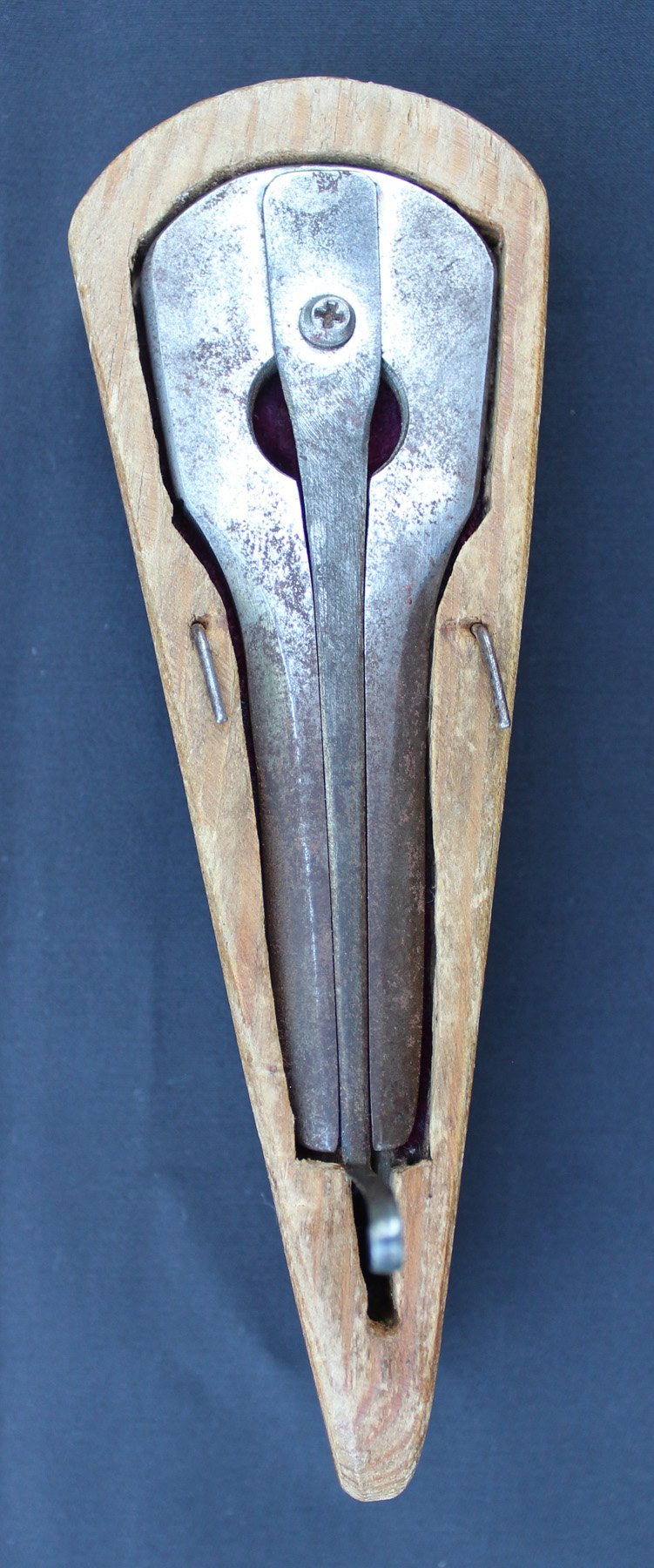
Khomus, from Yakutia, Northern Siberia.
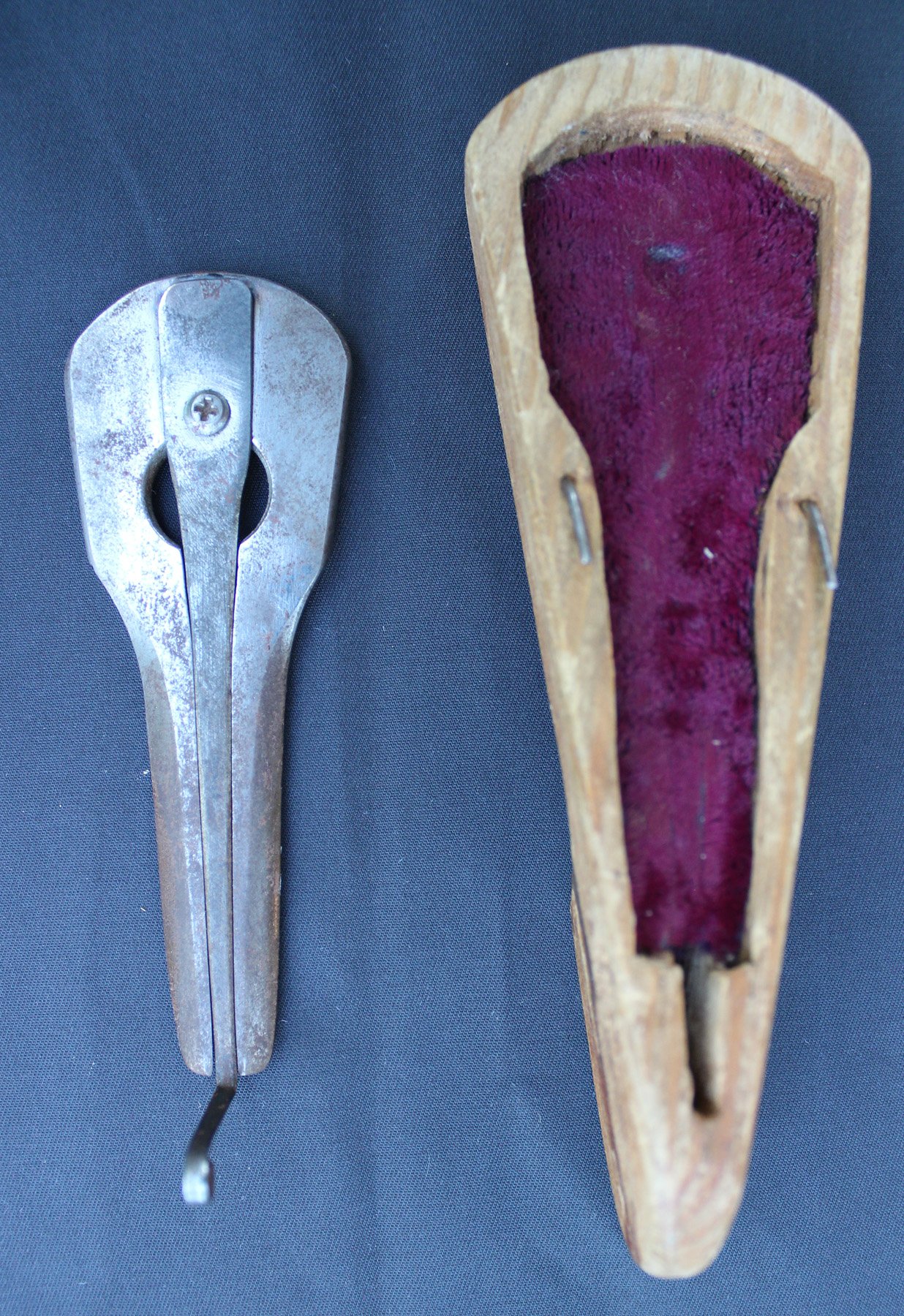
Khomus, from Yakutia, Northern Siberia. Made by a great master. When I play this one I can feel the plates of my skull vibrate. It’s very powerful. The master devotes exquisite attention and detail to the task of making these incredible mouth resonators. If I was left with only one jaw harp, it would be this one.
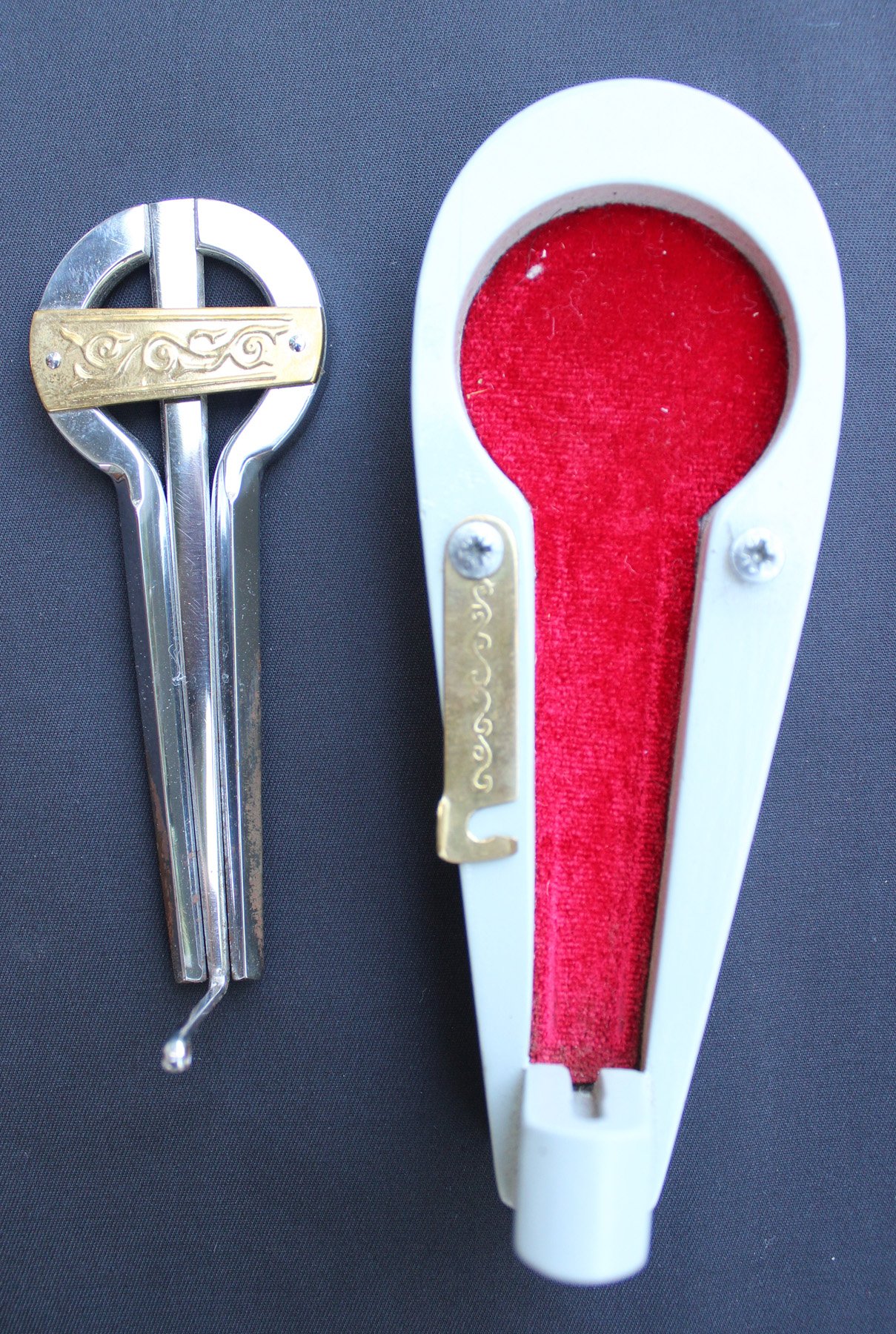
Khomus, from Yakutia, Northern Siberia. Made by a great master, is a newer one in the family. Not as deeply resonate as the others though very vibrant and active with lots of overtones.
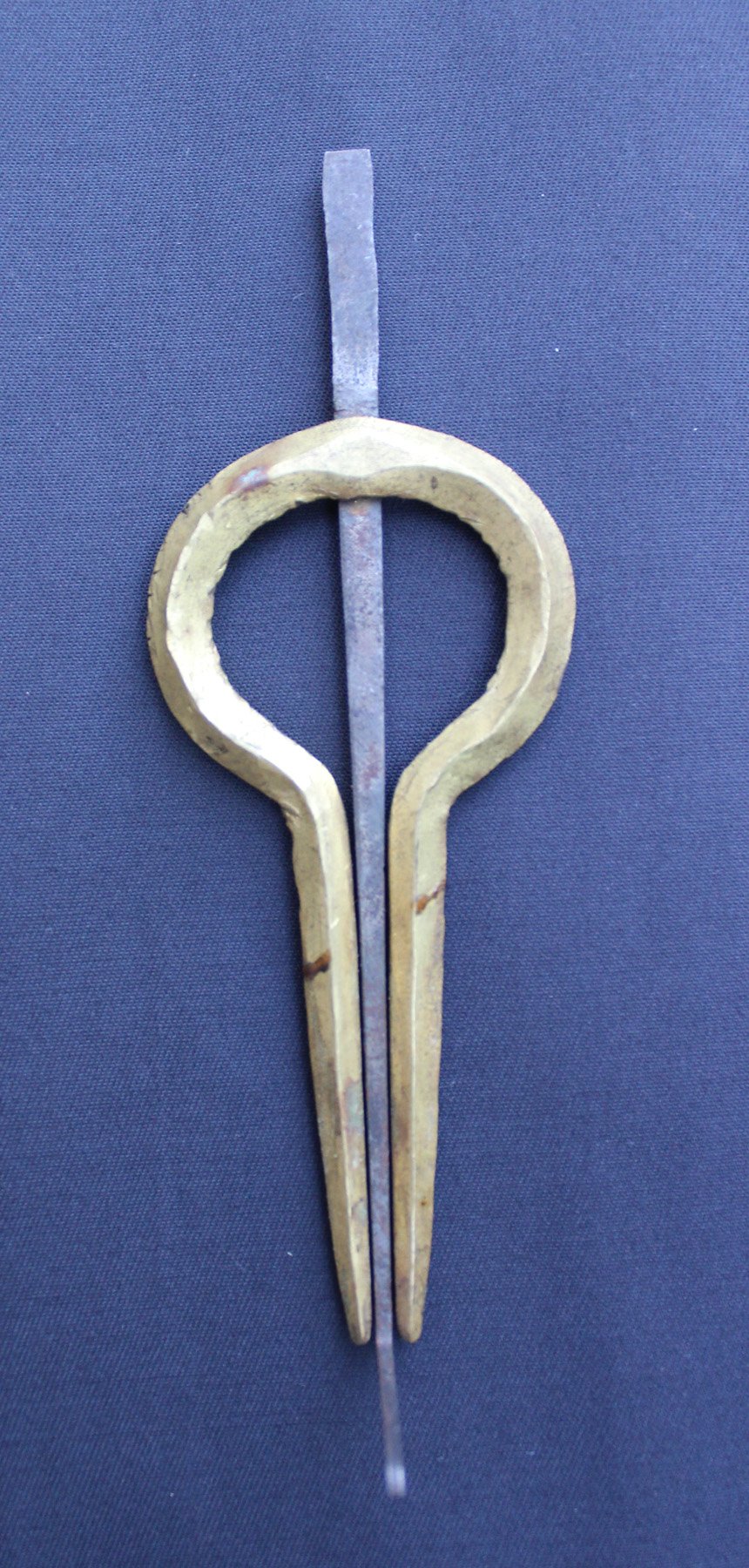
Morsing, from India. A gift from a friend who was traveling in India. It’s a higher pitch than the other ones, beautifully made and wonderfully resonant.
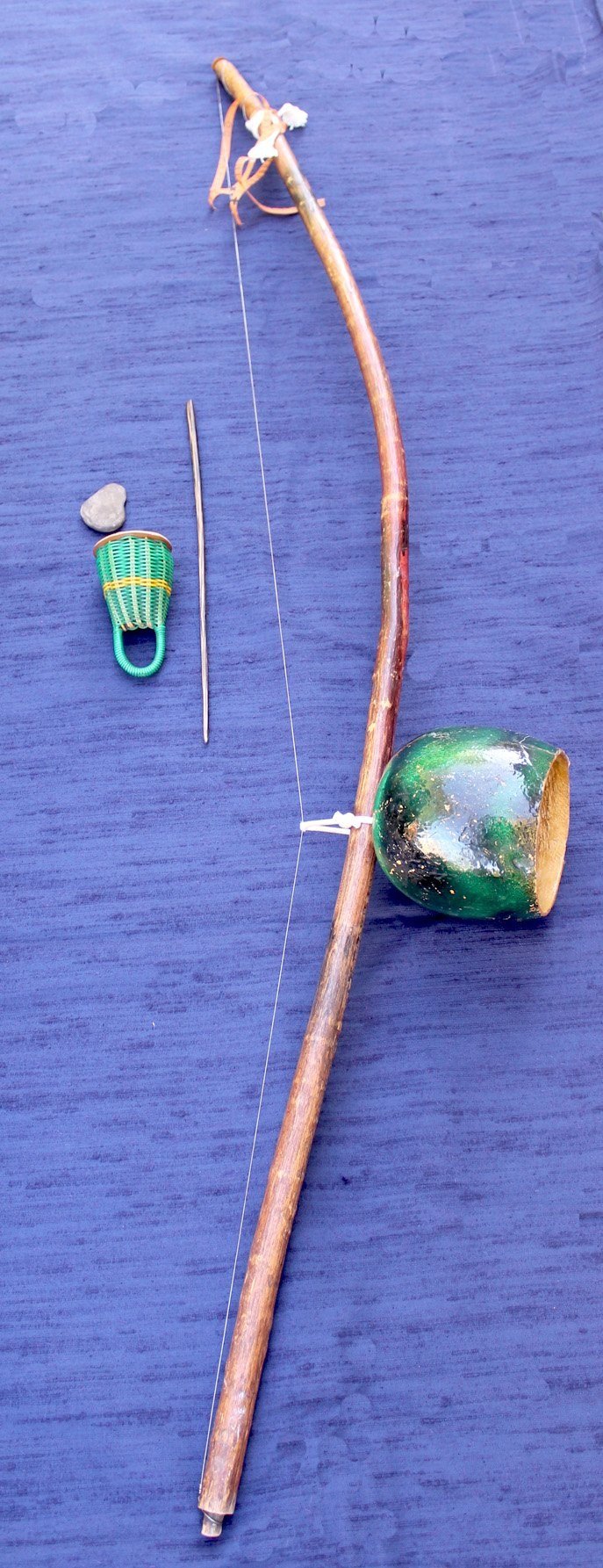
Berimbau A Brazilian instrument with an African antecedent, a central instrument to and deep expression of Brazilian culture, especially to Capoeira and Samba. You don’t have to have any money to acquire one because they are made from a gourd, a wooden bow, one metal string that is dug out of old truck tires with a knife; kind of high risk work but they don’t want piano wire, this is the wire they want because it has the right resonance, the right tone. The tone of the string is changed with a stone, the dobrao. The string is struck with a stick, the baqueta, while holding a shaker or rattle, the caxixi. Lots of parts of a fundamentally simple instrument but complicated to play.
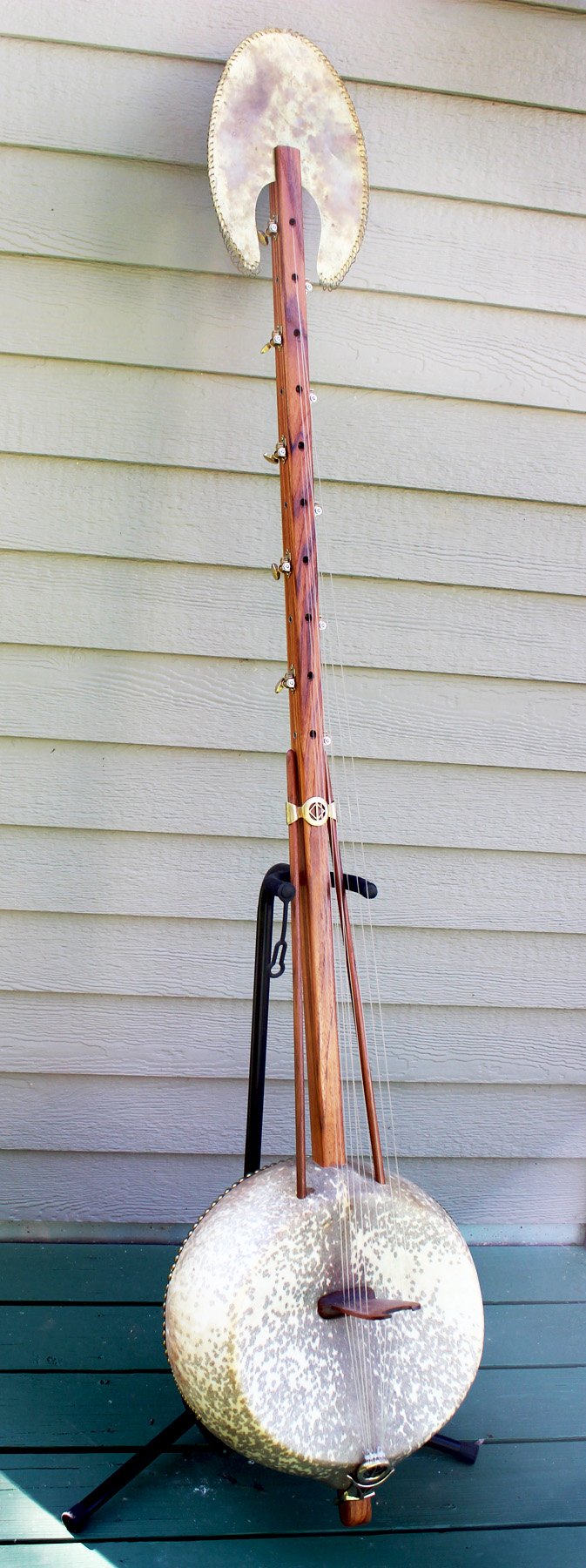
Kamele Ngoni A ten-string instrument, five strings to be played with left hand and five strings played with the right hand in a pentatonic scale. The origin of this kind of instrument is West Africa, especially Mali) but all over West Africa. The predecessor of this instrument is the Donso ngoni, which has six strings and one would have to be initiated into a hunter’s society to start learning the rhythms. Kamele ngoni literally means ‘young man’s instrument.’ It’s a social instrument, not restricted by hunter society laws. This particular one is very exquisitely handmade by an extraordinary musician and instrument maker, Jeremy Cloak, from New Zealand, who spent a lot of time in Burkina Faso where he learned about this instrument. The devotion to the highest level of craftsmanship is represented throughout the instrument. He designed and hired a jeweler to make the top brass rattle or kasink. The wood is tiger teak from an old ship so live wood was not taken for any part of the instrument. The goatskin, leather details and cast brass pieces were all designed by him.
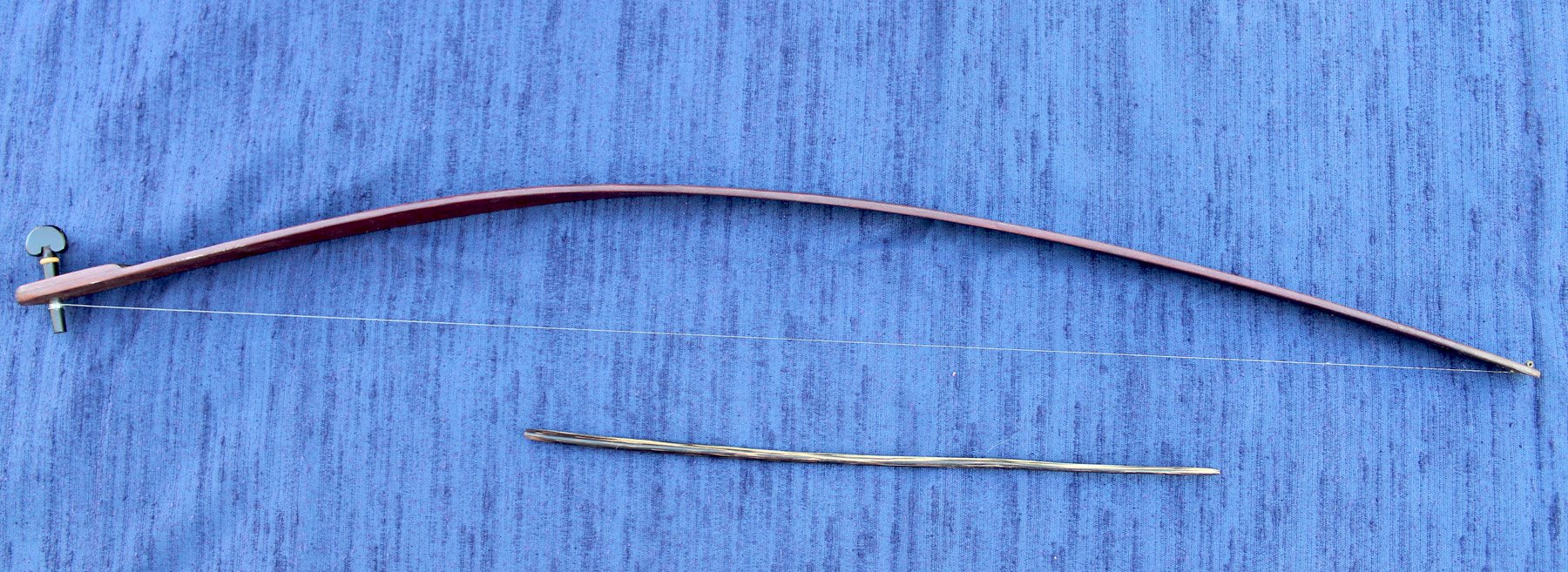
Mouth Bow A very fundamental instrument made from cherry wood, one steel guitar string and a violin tuner with the mouth as the resonator on one end. This instrument appeared all over within societies that had bows, with it being such an important tool for survival, was always being re-worked and refined to make sure it would function when they were on the hunt. It was discovered with the mouth at one end and the arrow striking the bow produced a simple instrument with a lot of variation possible for the player.
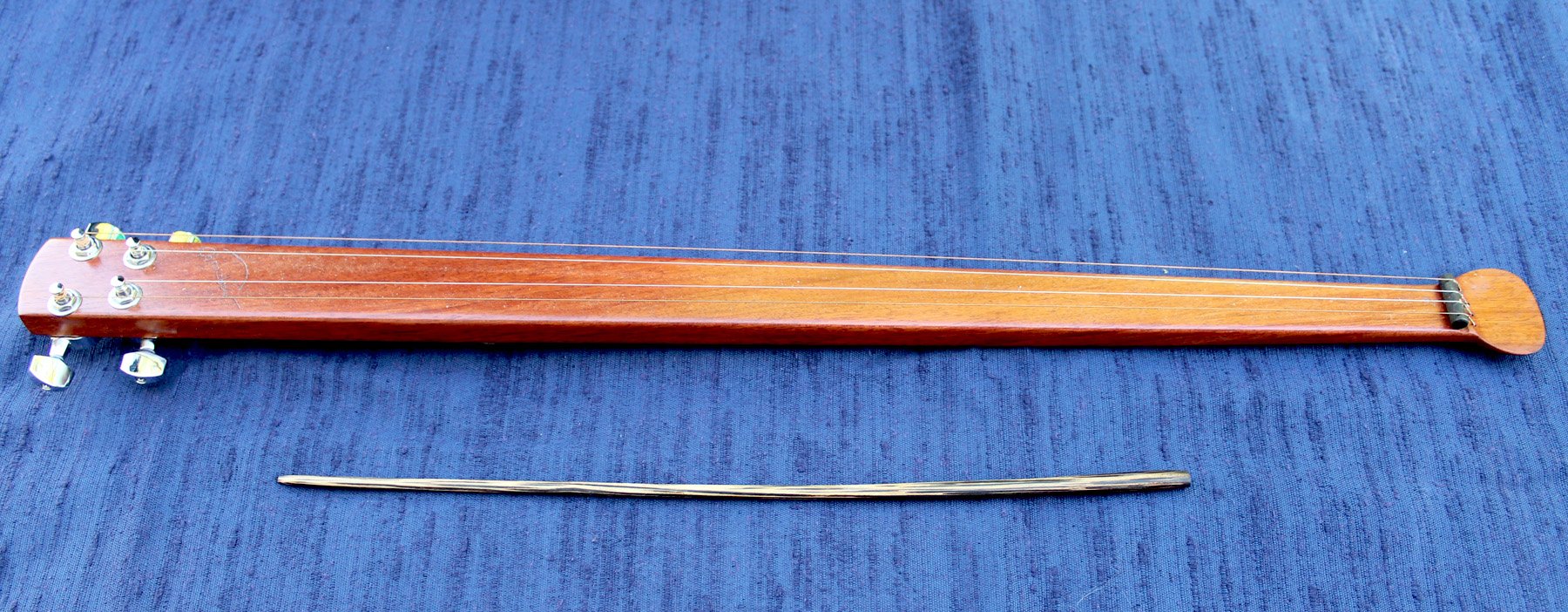
Cosmic Bow A mouth bow with four strings, taking an ancient concept into modern, contemporary form with very nice guitar tuners, beautiful wood and has a lot of presence. It’s extraordinary to play with the four strings and the mouth as resonator with all the overtones joining together to create the magic, hence the name cosmic bow.

Davul, Persian

Davul, Persian

Haitian Voodoo drum

Haitian Voodoo drum
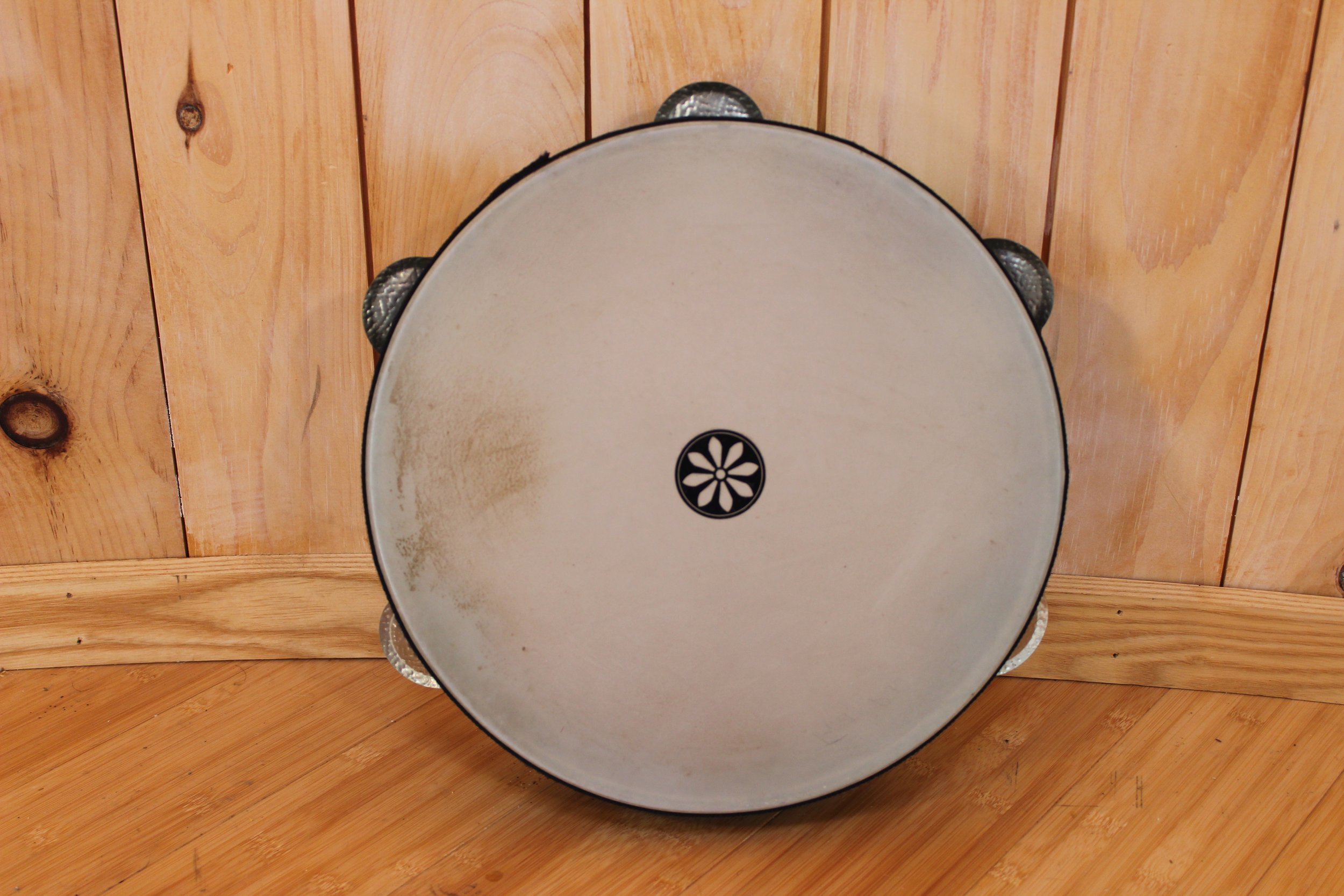
Layne Redmond, prototype
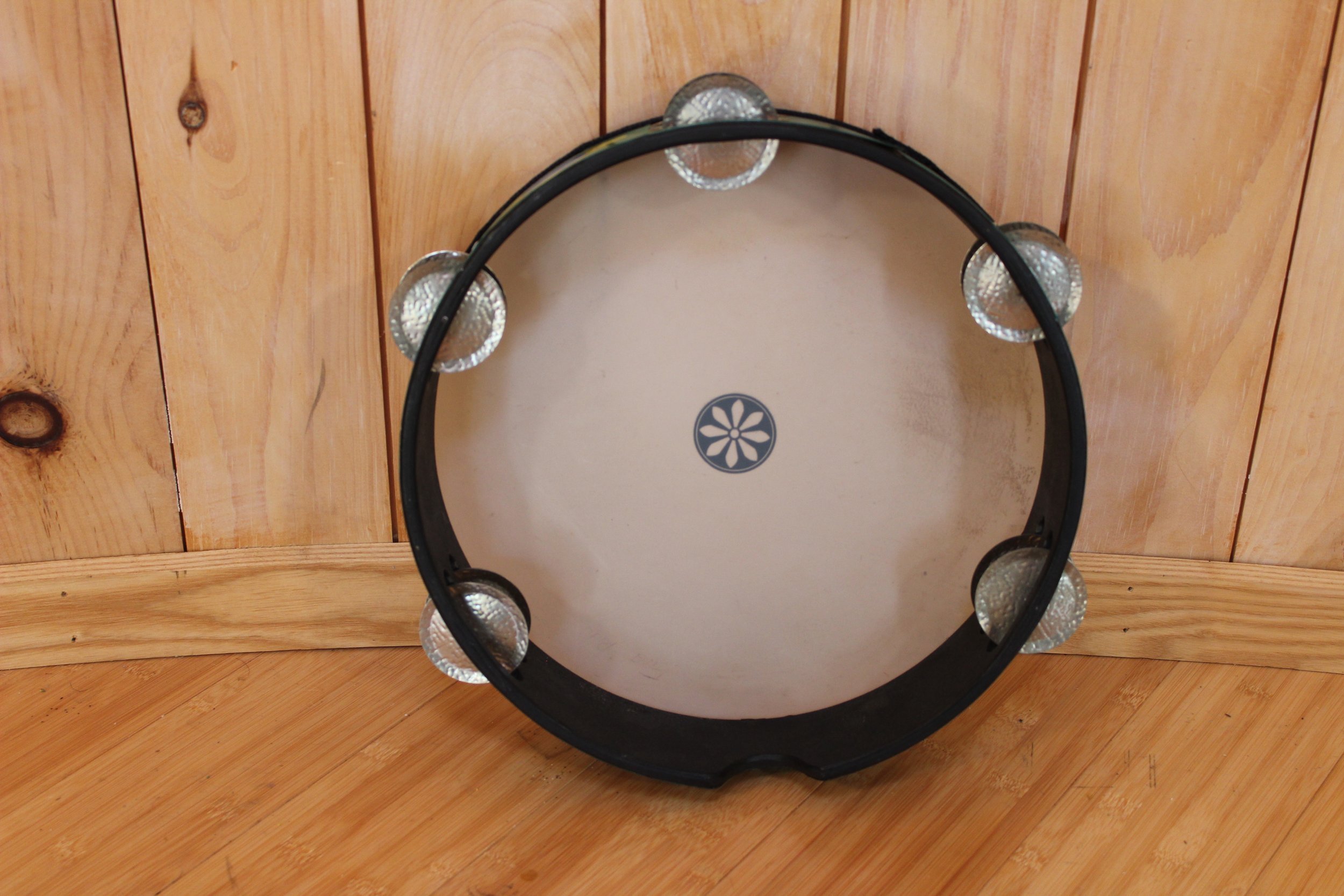
Layne Redmond, prototype

LP Udu

Meinl Sea drum
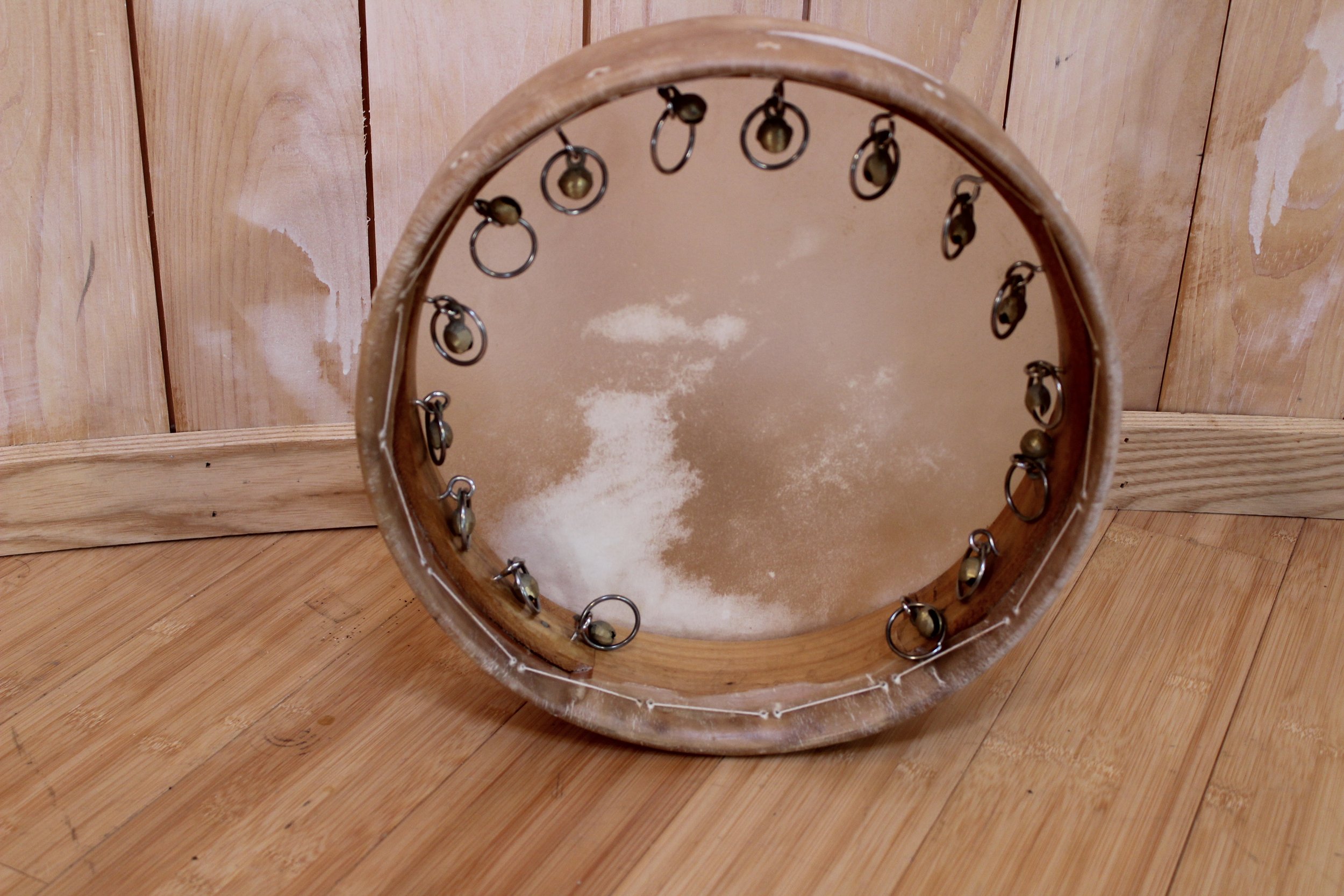
Pakistani

Pandeiro, Brazil

Pandeiro, Brazil
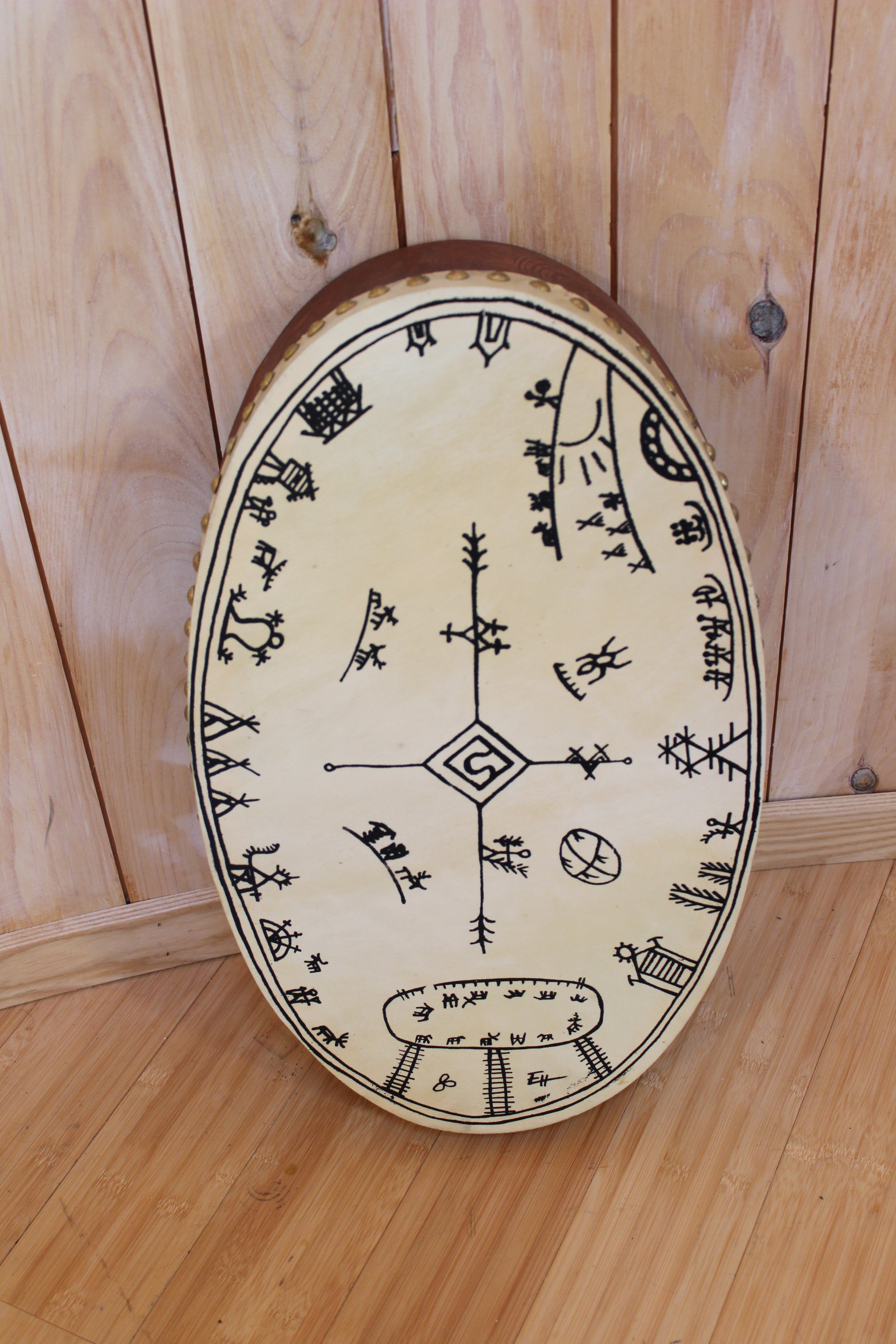
Sami, Laplanders

Sami, Laplanders
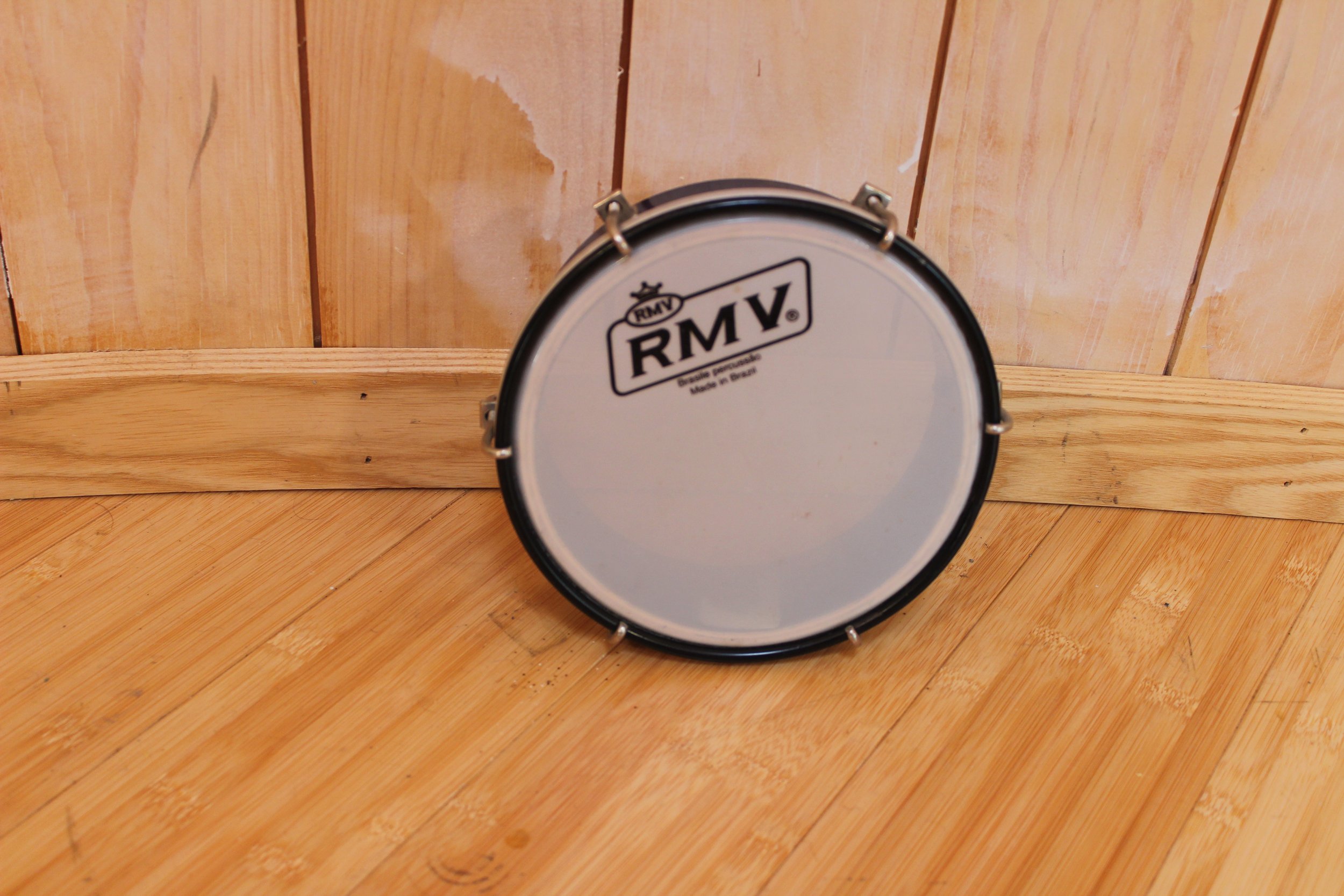
Tamborim
Welcome to our virtual gallery, a sanctuary celebrating the rich tapestry of global musical heritage. Here, amidst the digital corridors, you'll embark on a collection of mesmerizing journey through the annals of sound, encountering treasures from diverse cultures and epochs.
Behold the exquisite craftsmanship of handmade Maori bone flutes, each intricately carved with ancestral motifs, resonating with the spirit of Aotearoa. Traverse through the melodic traditions of transverse flutes, echoing the soulful melodies of distant lands, from the misty forests of the Amazon to the sun-kissed shores of the Philippines.
Listen to the primal call of conch horns, summoning ancient echoes across vast oceans, while wooden nose flutes from the Philippines whisper tales of forgotten rituals and tribal rhythms. Delve into the enchanting world of mouth harps and morsings, where every pluck and twang tells a story of resilience and creativity.
Immerse yourself in the rhythmic pulse of berimbaus, guiding the graceful movements of capoeira dancers, and lose yourself in the ethereal melodies of kamele ngoni, the West African harp bridging earthly and celestial realms.
Join us as we explore the symphony of humanity, weaving together the threads of cultural expression through these remarkable instruments and many others that await your discovery.
Click on each image to hear these instruments played live.